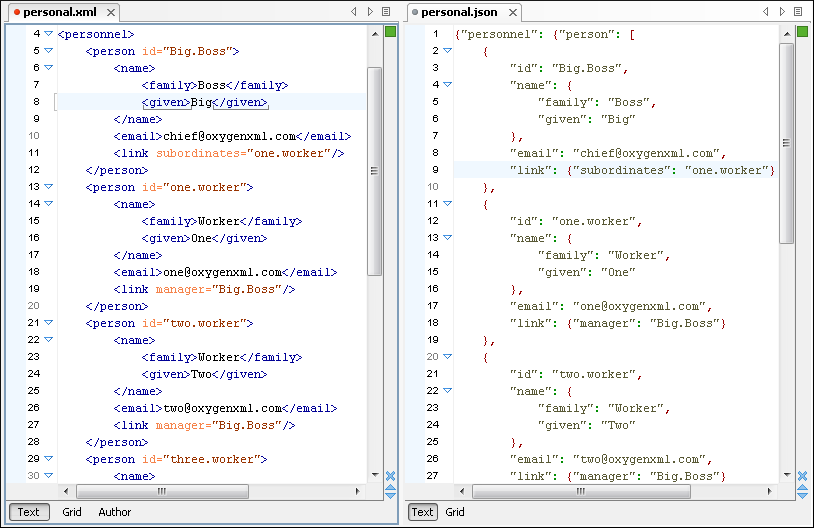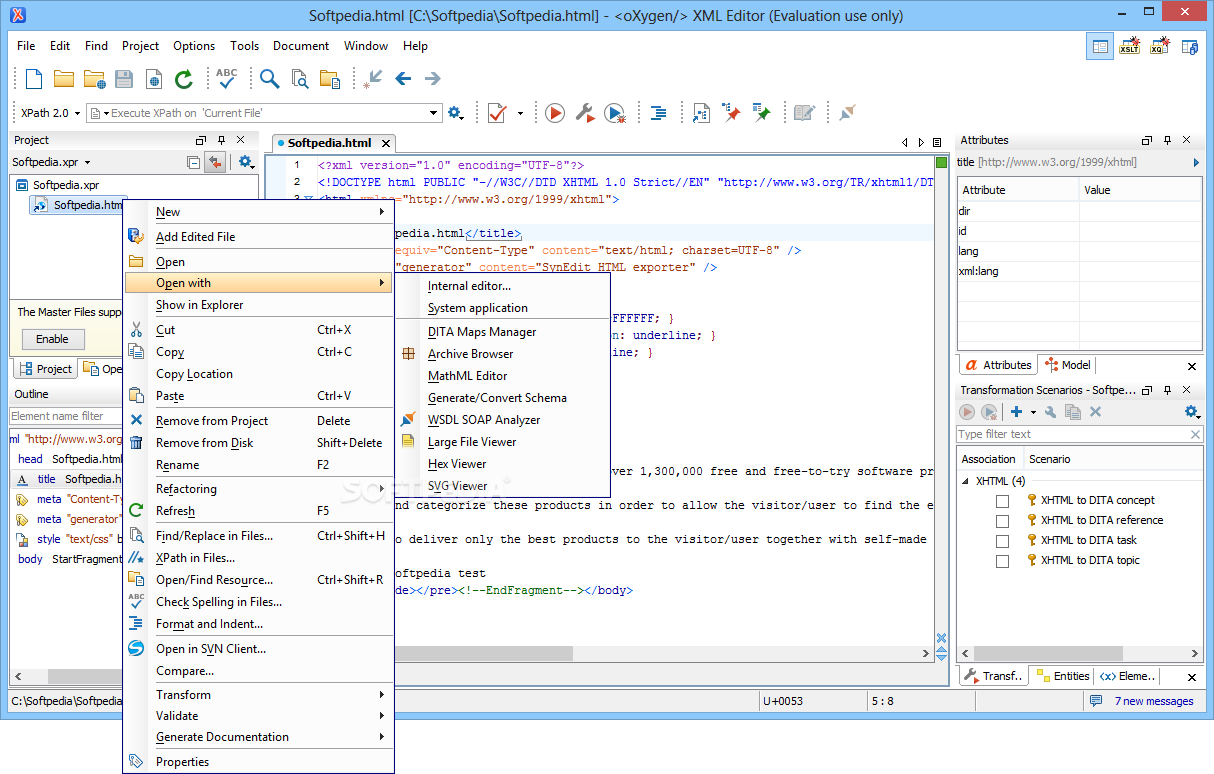

- #Oxygen xml developer tutorial how to
- #Oxygen xml developer tutorial code
- #Oxygen xml developer tutorial series
Learn about properties, types, augmentations, and other building blocks used to construct the model.Ī namespace is a collection of properties and types, managed by a common authoritative source.Ī property represents a concept, idea, or thing.Īn element represents a concept. training/iepd-developer/simple-iepd-tutorial/ Once you are comfortable with the process and output, you can move on to more complex IEPDs.
#Oxygen xml developer tutorial how to
This tutorial shows you how to create a very simple (./././reference/iepd/ "IEPD"). training/iepd-developer/publish-and-implement/ The publish and implement phase is the last phase of IEPD development. training/iepd-developer/assemble-and-document/ training/iepd-developer/build-and-validate/Īssemble and Document is the next phase in IEPD development after the Build and Validate phase.

You use a mapping document, which may be a spreadsheet or similar tabular form.ĭuring the build and validate phase, you create XML schemas and artifacts and verify they meet NIEM standards. training/iepd-developer/analyze-requirements/ĭuring the map and model phase, you compare your information exchange requirements to what's in NIEM, and then define a mapping between your requirements and NIEM content. The analyze requirements phase is the next step you take in IEPD development. training/iepd-developer/scenario-planning/ The scenario planning phase is the first step you take in IEPD development. AIXM 5.1 XML Schema, Information Exchange Package Documentation (IEPD) Developer designs, builds, and validates the components (artifacts) of an Information Exchange Package (IEP). XSL Transformations (XSLT) Version 3.0, W3C Candidate Recommendation, 19 November 2015,
#Oxygen xml developer tutorial code
Hopefully, the quality of the code will improve in time with the contribution of more qualified XSLT developers. The initial purpose is to explain to other business users how to use widely available XML processing tools in order to achieve business needs, such analysing the data contained in an AIXM 5.1 XML file. Therefore, the terminology and the commented XSLT code might look low-quality for an experienced XML or XSLT programmer. The initial work was done by a 'business user', not by a programmer. The advantage is obvious for large XML files, such as is the case with AIXM 5.1 files that can be in the order of GB if they contain all AIS data worldwide. Instead, little XML chunks are loaded and processed with matching XSLT templates, in the order in which the appear in the original file. With this approach, the AIXM XML file does not need to be fully loaded in the working memory of the computer. In general, XSLT templates used here work in “streaming mode”.
#Oxygen xml developer tutorial series
The purpose of this project is to share a series of XSLT scripts that can be used to extract CSV formatted data for specific subjects (such as a list of navaids, designated points, etc.) from an AIP Data Set provided in AIXM 5.1.1. XSLT is also usable by non-programmers in order to perform simple tasks on AIXM data, such as extracting data, counting specific elements, exporting data in a HTML or text report, importing data in Excel, etc. Therefore, AIXM can benefit from technologies developed specifically for the XML world, such as EXtensible Stylesheet Language (XSL) and XSL Transformations (XSLT). AIXM is using the Extensible Markup Language (XML) format.


 0 kommentar(er)
0 kommentar(er)
